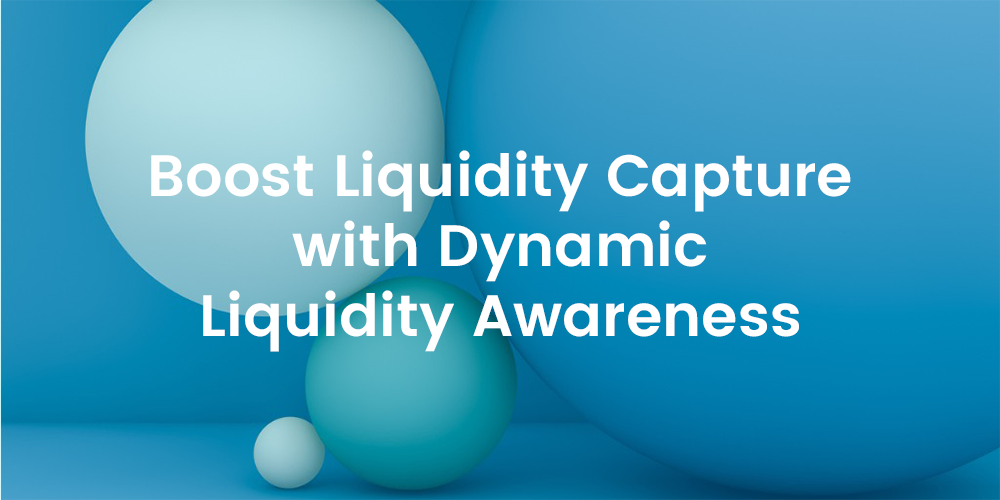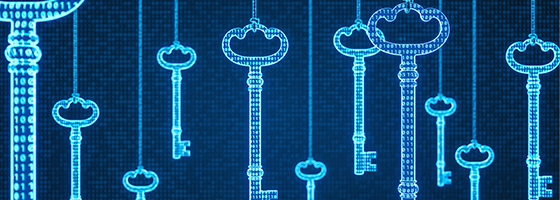A critical component that determines an algorithm’s success in sourcing liquidity is how it rebalances—or decides which venues to route to based on where it already sent orders and received fills. Many algorithms claim to "intelligently" source liquidity but still rely on static previous-fills heatmap data. However, if you use a genuinely dynamic Liquidity Awareness Signal, it's possible to achieve a nearly 500% improvement in hit rates for midpoint orders*.
Concerns about conflicts of interest have long been top of mind for players in the equity trading space. There's been no shortage of discussion around protecting the interests of end-investors and rooting out conflicts in broker routing. Much of the industry's regulation aims to address those conflicts, including the SEC's proposed Transaction Fee Pilot. Had the pilot received approval, it would have studied how exchanges' pricing may create conflicts of interest for broker-dealers, which in turn may harm investors.
The traditional relationship between the buy side and the sell side is in flux. With factors such as the unbundling of research and execution dollars, the democratization of equities trading technology offerings, and new and more dynamic regulatory requirements, the usual paradigm between brokers and clients has been drastically changed. Brokers’ clients have evolving needs and they face shifting challenges, which necessitates a corresponding change in how the sell side serves them. So, in this new landscape, what traits does the buy side look for in their brokers, and how do brokers differentiate themselves and demonstrate unique value?
The rise of electronic and algorithmic trading has irrevocably changed how the financial markets operate. Equity markets have been known to be almost entirely electronic since 2015. Moreover, according to Greenwich Associates, over 90% of equity flows are executed electronically in liquid, developed markets like the U.S. It’s no secret that floor trading has dwindled. Just take a look at the floor of the New York Stock Exchange. When I was a specialist, there were thousands of traders and market makers on the floor of the exchange, but in the past decade or so that number has dropped to only a few hundred.



